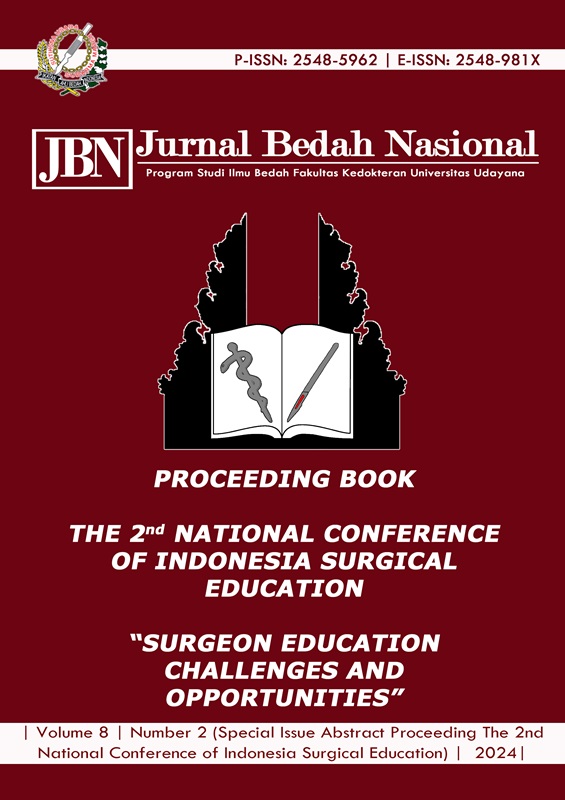076. Surgical Management Challenges in Recurrent Kimura Disease: A Case Study of a Rare Disease
Abstract
Background: Kimura disease (KD) is a rare autoimmune disease characterized by angiolymphoid hyperplasia with eosinophilia, primarily affecting young males of Asian descent. First described in 1948, approximately 200 cases have been reported globally. Despite surgical excision, recurrence is common, posing significant challenges for management. This report details the management challenges of recurrent KD. Case: A 30-years-old male presented with recurrent KD of the right buccal. Histologic examination revealed chronic lymphadenitis and eosinophilia. MRI showed a solid heterogeneous mass in the right buccal region and superficial to deep lobe of the right parotid gland, with multiple reactive lymphadenopathies. The patient underwent superficial instead of total parotidectomy due to dissection complexities, revealing a large tumor (13 cm in diameter) with poorly defined borders and extensive fibrotic tissue. Postoperatively, the patient received an immunomodulator and systemic corticosteroid without any follow-up surgery. Surgical excision remains the gold standard for localized KD, but likelihood of recurrence increases when tumors exceed 3 cm. Adjunctive therapies such as systemic corticosteroid, chemotherapy, and radiotherapy are considered for recurrence prevention. Systemic corticosteroids are used to reduce inflammation and lesion size but may lead to relapse upon withdrawal. Postoperative radiotherapy may help control residual disease. The use of targeted therapies such as anti-IL-5 monoclonal antibody showing promise as an immunomodulator. Conclusion: The treatment of KD requires a comprehensive approach that considers the extent of the disease and the potential recurrence. Surgical excision is the primary treatment modality, supplemented by immunosuppressive agents, radiotherapy, and chemotherapy.
Downloads

This work is licensed under a Creative Commons Attribution 4.0 International License.
Program Studi Ilmu Bedah Fakultas Kedokteran Universitas Udayana. 
This work is licensed under a Creative Commons Attribution 4.0 International License.






